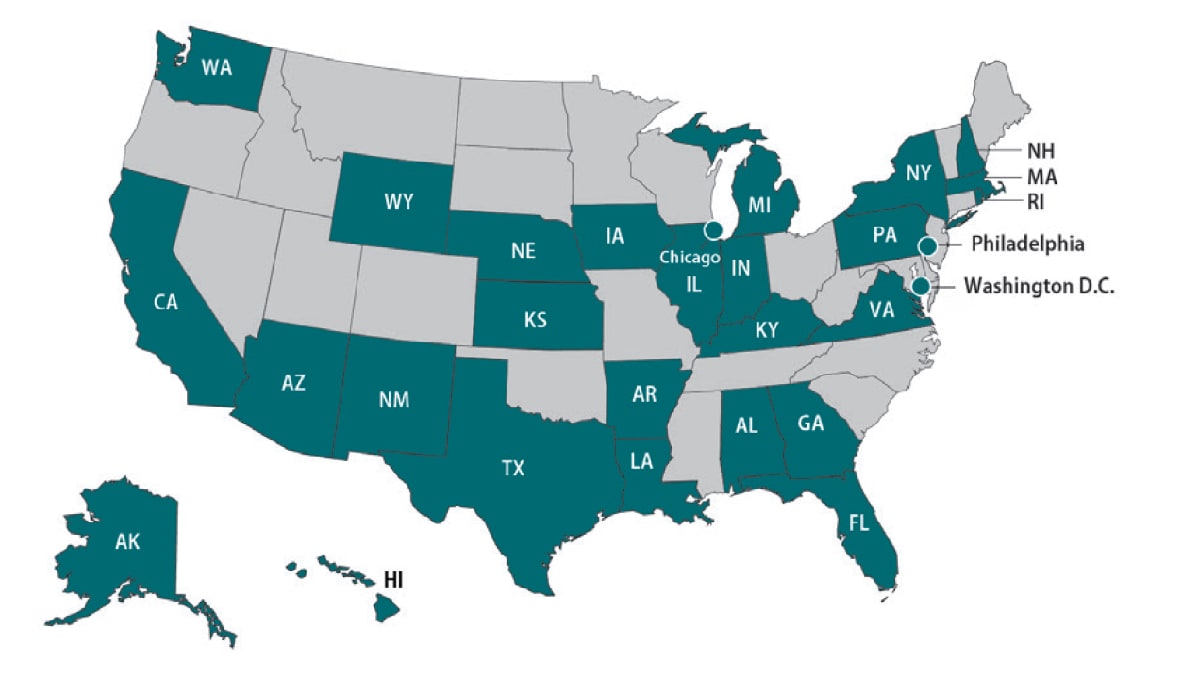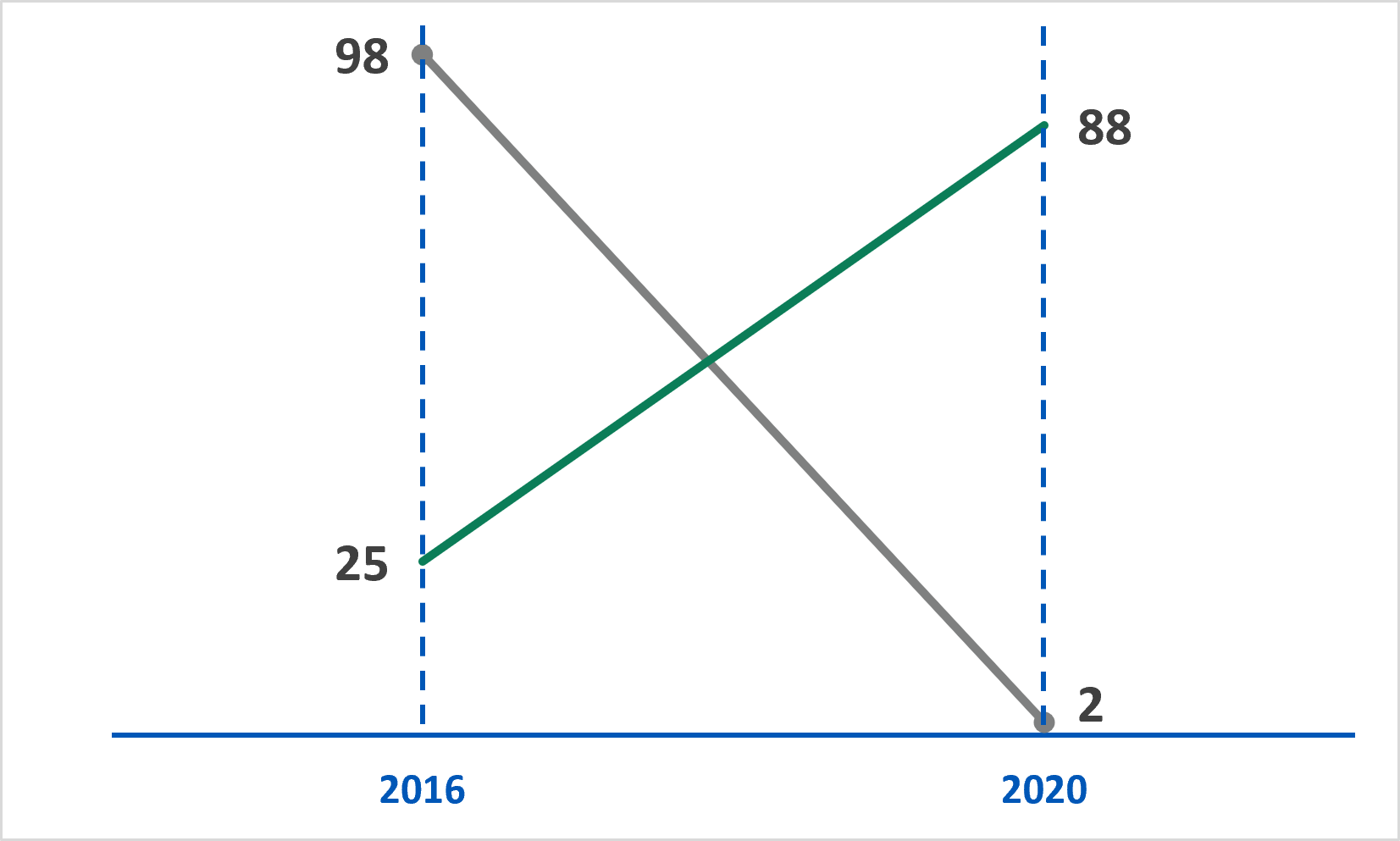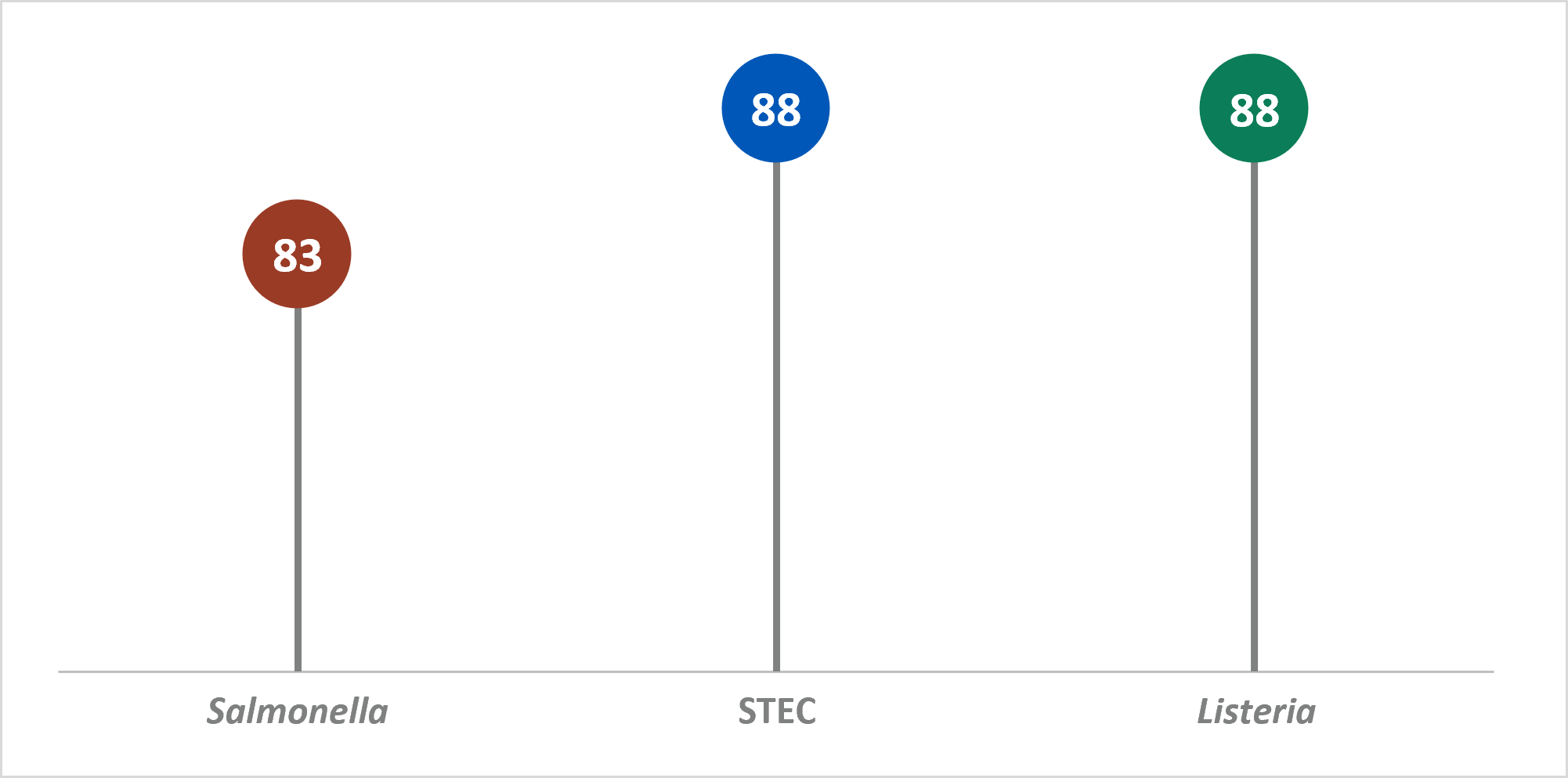What to know
OutbreakNet Enhanced (OBNE) is a Centers for Disease Control and Prevention (CDC) program that is designedto provide support to state and local health departments to improve their capacity to detect, investigate, control, and respond to enteric disease outbreaks. OBNE started in August 2015 with 11 sites. The program expanded and there are now 29 participating sites.

Highlights
In 2020, state and local health departments, including OBNE sites, were significantly impacted by the COVID-19 pandemic. Staff were immersed in COVID-19 response efforts and pulled from their regular duties, yet enteric disease surveillance and investigations continued. Many OBNE projects and activities were put on hold as sites navigated enteric disease investigation during a global pandemic.
Many OBNE sites relied on student teams to conduct routine enteric interviews as regular staff were pulled into the COVID-19 response. Student teams were critical in assisting health departments conduct enteric interviews and helped improve enteric disease investigation capacity during the pandemic. Additionally, OBNE sites relied on existing partnerships with their regional Integrated Food Safety Centers of Excellence (Food Safety CoEs). Food Safety CoEs assisted some sites with enteric diseases interviews, allowing OBNE staff to focus on the COVID-19 response.
Most years, OBNE sites showcase their work and provide updates at national meetings and conferences; however, many events were cancelled in 2020. OBNE sites continued sharing their accomplishments during monthly calls learning how other sites were navigating the pandemic. Site activities were also shared as success stories on the OBNE website.
Program performance
OBNE performance metrics have been collected since 2016 to document the burden, timeliness, and completeness of enteric disease outbreak activities. Sites report metrics annually on both laboratory and epidemiologic aspects of outbreak investigations. Metrics are reported for Salmonella, Shiga toxin-producing Escherichia coli (STEC), and Listeria (SSL metrics), and optionally for Shigella and Campylobacter. The metrics are revised as needed to best meet program needs.
Select 2020 Metrics for Salmonella, STEC, and Listeria (SSL)
- Over 35,000 cases reported
- Over 750 clusters detected
- Attempted interviews with an average of 84% of cases
From 2016 to 2020, OBNE sites increased the total percentage of Salmonella, STEC, and Listeria (SSL) primary isolates with WGS testing while decreasing and transitioning from PFGE testing.

In 2020, OBNE sites attempted interviews with 83% of Salmonella cases and 88% of STEC and Listeria cases.

OBNE sites increased the percentage of investigations in which analytic studies were conducted from 34% in 2016 to 47% in 2020.
OBNE sites increased the total number of SSL cluster and outbreak investigations where food and environmental samples were collected for testing from 20% in 2016 to 22% in 2020.

